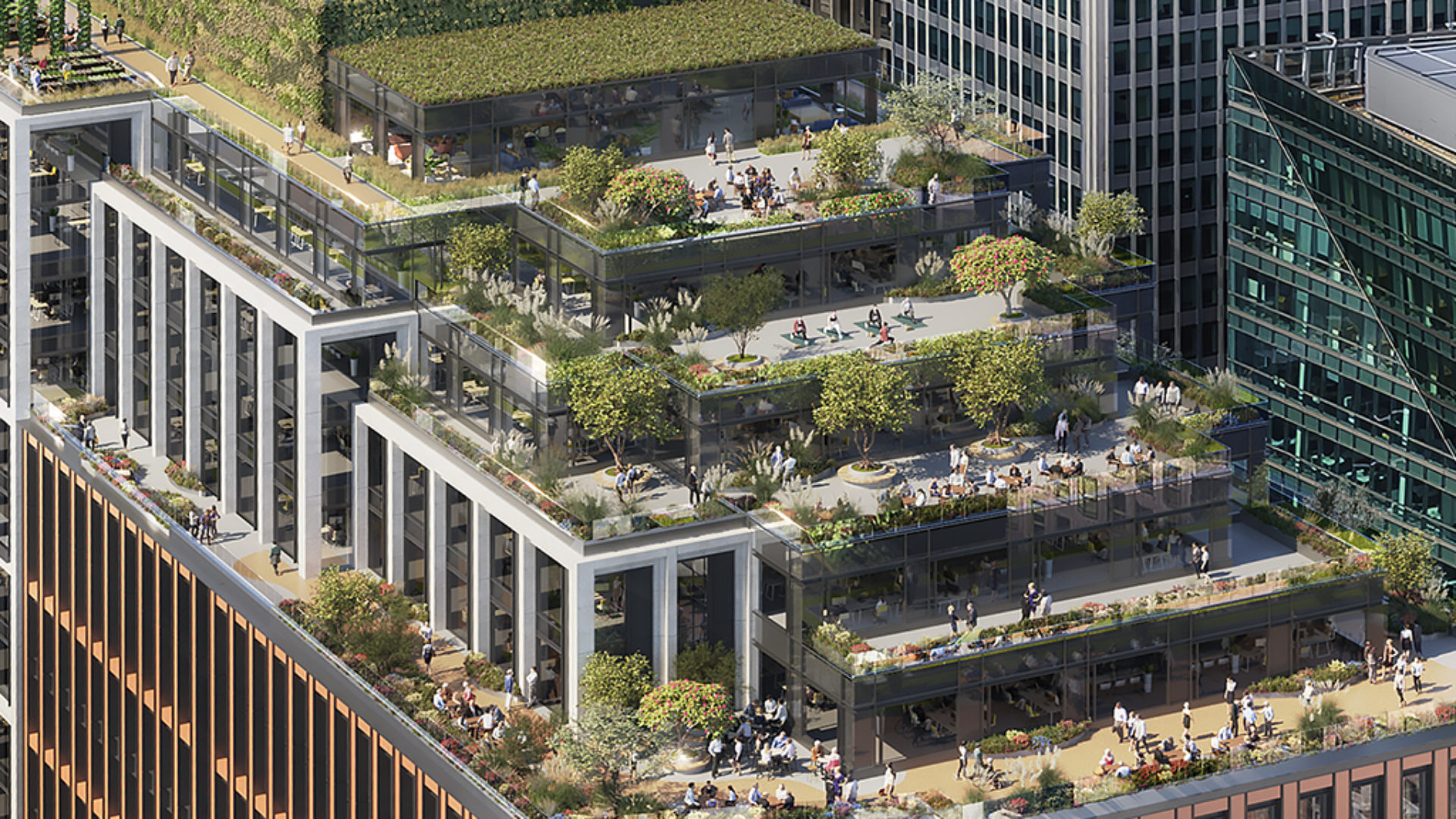
If you ask almost anyone what the most ancient garden is that they can think of (other than Eden), the answer is invariably The Hanging Gardens of Babylon. The images are multiple, conjured up by imagination – but perhaps the most famous is ‘Hanging Gardens of Babylon’ by Ferdinand Knab (1886). Conjured up by imagination, because of course there are no reliable records or images of this wonder of the ancient world. Wikipedia puts it succinctly: “There is scholarly debate over the exact nature of the Hanging Gardens, and there is doubt as to whether they existed at all.” Indeed, it is the only one of the seven wonders of the world that is almost entirely undocumented by first hand witness or actual remains.
Paradoxically, that is part of the point. In nearly all cultures, Paradise is a garden. Like Eden, Babylon is an idealised version of a garden. It has captured the imagination of scholars and the public over the millennia – and that fact that it (probably) did not exist has aided that process of re-imagination. That is not to say that gardens like it did not exist. The Assyrians were well-known for the gardens from at least 800-900 BC, sustained by complex aquatic engineering bring water from the mountains.
The origin of the Babylon story is probably Sennacherib’s Garden of his ‘Palace without Rival’, in Nineveh*. However, the idea here is that gardens and cities (and indeed wealth) go hand in hand. When the wealth accumulated through trade and conquest is spent on buildings, it is natural that gardens would result. Of course, this doesn’t mean that great gardens don’t happen outside cites – quite the reverse (see A is for Alhambra). Once sufficient wealth has accumulated and there is a peaceful environment, then large country gardens proliferate, but cities have always come first.
Which brings us full circle to the present day – gardens on, in or hanging from buildings. A couple of the most well-known of these are the Park Royal Hotel in Singapore, and the Bosco Verticale in Milan. Both feature terraces heavily planted with trees and hanging foliage.
On a lesser scale, such buildings are now becoming commonplace in cities – we are working on several in London, including 105 Victoria Street.
Sometimes it is done with stepped terraces, but on smaller projects, often with ‘Living Walls’. Initially, there was a lot of controversy about these – were they sustainable or not, did they genuinely add to biodiversity, or indeed were they just ‘greenwashing’ for buildings – literally? There is some truth in this – a living wall does not make an unsustainable building sustainable, even if it does improve the appearance. However, much has been learnt from the early days and most are now very efficient in their use of water, improve biodiversity, and do genuinely add to the biophilic character of cities. Whether they reduce CO2 or not is debatable, as they are quite intensive in manufacture, although they do tend to have a moderating effect on the building’s temperature. Most use recycled plastic trays on a lightweight steel frame. Under certain circumstances, these can spread fire, so we are tending to switch to metal trays, which have a higher CO2 footprint, but longer-term durability. The growing medium is a peat-free compost made up of recycled brick fragments and other material along with green waste and other additives.
We recently transformed the outlook from multiple apartments in a ten-storey deep courtyard in central London with an award-winning living wall scheme. The wall was 24m long and 11m high and suspended from a lightweight steel latticework scaffolding structure.
*Stephanie Dalley, The Mystery of the Hanging Garden of Babylon: An Elusive World Wonder Traced. Oxford. 2013. ISBN 978-0199662265